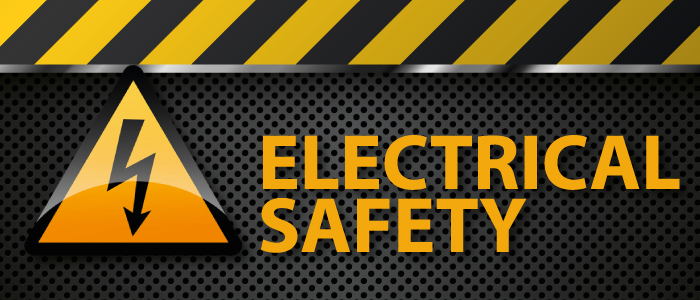
Electric shock is an ever-present danger to professional electricians and maintaining safe working practices is crucial to preventing serious injury and loss of life. Unfortunately accidents do happen so it is important to understand the effects of electric shock on the body, as well as to know the correct response procedure when a colleague is injured.
Effects of Electrocution
RCD triggers are designed to trip when current goes above 30mA which is already enough to provoke painful shocks and loss of muscle control. Loss of control is a dangerous phenomenon itself as it can cause someone to fall or be thrown, for example from a ladder.
Currents above 50mA can be lethal. AC current causes fibrillation where the heart fails to properly pump blood around the body whilst DC current stops the heart from beating at all. Sufficient current will cause immediate cardiac arrest.
Aside from affecting the heart, electric shock can also burn both the skin and the internal organs, thereby causing potential long term damage.
Contributing Factors to Electric Shock Severity
The physical effect of electric current passing through the body is highly dependent on a number of factors. The level and type of current is important with AC more dangerous than DC and low frequency more dangerous than higher frequency. Lower resistance - caused by wet or damaged skin - and higher voltage lead to greater current but cause no harm in isolation. Current kills, not voltage.
The length of exposure to electric current is important which is why RCDs are required to trip within 0.04s. Current above a certain level (the ‘let-go’ threshold) forces the victim to grasp the conductor, making it doubly dangerous. Finally, the path current takes through the body can determine whether a shock is lethal. If current avoids the heart, the victim is much more likely to survive.
Steps to Follow After an Electric Shock
- Assess the situation and decide whether it is safe to attend to the casualty. High voltage power cables can produce arcs so stay at least 25m away and inform the official body so the electricity can be turned off. In low voltage situations, attempt to turn the power off at the mains or break contact between the casualty and the conductor. You must stand on an insulated surface and use a high resistance implement to push the conductor away.
- Once out of immediate danger, assess the casualty’s response level by speaking and tapping lightly on the shoulders. Remove any obvious obstructions from the nose and mouth and look, listen and feel for breath.
- CPR is required if the casualty is not breathing. Compress the chest to a depth of 4-5cm 30 times and then provide two rescue breaths. Carry on until the emergency services arrive, the casualty shows signs of response or you can no longer continue.
- If the casualty is breathing and unconscious, remove sharp objects from his pockets and place him in the recovery position.
- Conscious casualties should hold any burns for at least ten minutes under cold running water. Burns on unconscious casualties should be dressed with a wet dressing.
- In severe cases, someone affected by electric shock may suffer from involuntary muscle twitches and spasms for an extended period. In these instances, keep him in a safe, obstacle-free space but do not restrain him.
- Even if someone appears unharmed, he should still go to hospital for a check up. Electric shock can cause hidden damage to internal organs so it is always safer to go to hospital.
- Remember to isolate or cordon off the faulty electrical item that has led to the incident and report the accident to the appropriate authorities.
Speed is of the essence when dealing with an electric shock incident but you should always consider your own wellbeing and create a safe environment before administering first aid. A quick but methodical reaction and immediate contact with the emergency services are the best ways of minimising harm arising from electric shock.
